RDM mast from Gaastra. Features 75% carbon fiber and comes with Constant Curve (CC) bending curve.
Made in the same technology as 100% carbon mast, it’s the more affordable price of the performance mast. RDM masts compared to SDM have reduced diameter and thicker walls - it makes them more durable, reliable and resistant to damage and breaking. It is very stiff, durable and lightweight. You can very easily and fast rig your sail on it. Works amazingly well in gusts and provides great control of your set in overpowered conditions. Fits sails designed for every style of riding - freeride, race, wave, freestyle. Recommended for demanding riders who are looking for very high quality, performance mast in attractive price. Its bending curve ensures good acceleration and allows you to get high speed. Comes with bag in set. This mast guarantees dynamic and efficient sail performance.
It have been covered with invisible polyamide surface coating, making it 100% scratch, dent and UV resistant. Tests has shown that new 75% and 100% GA carbon masts are 45% stronger than previous models and after continuous abuse they still look new and stay strong to perform without compromise.
IPS – The Invisible Polyamide Shield is a mast shielding device. An invisible barrier from a patented ‚Prepreg Force Tank, takes durability and light weight to a new standard. The mast is sealed with a polyamide surface coating making the mast 100% scratch and dent resistant. The strength of these new‚ 100 & 75% series‚ masts has been tested at 45% stronger than our previous models. After continuous abuse, the masts look new, stay strong and perform without compromise.
Features
- RDM
- 75% carbon fibre
- Constant Curve bending (CC)
- Dedicated for freeride, freestyle, race and wave sails
- Mast bag comes in set
- Mast is covered with IPS surface coating
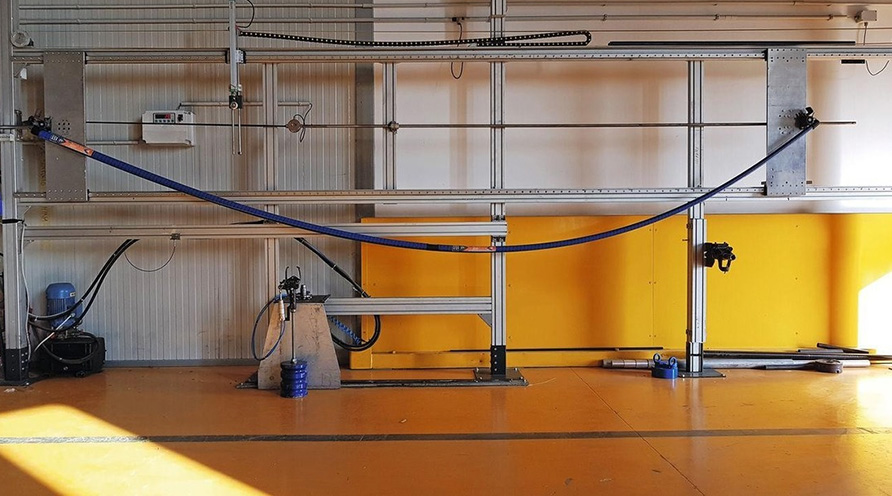
Gaastra sails have so far only worked with a very special mast curve, which made the use of external masts problematic. Designer Peter Munzlinger explains why the change now comes to the widespread Constant Curve. Below is interview with Gaastra designer for surf-magazin.
Surf: Peter, you have a long time at the hardtop bending curve, where the masts in the upper section in the ratio less bend. Why change now?
Peter: Right, we've been holding the hardtop bending curve for a long time. To determine the bending curve of masts, they are fixed at the ends and loaded at the center with 30 kilos. From the zero point, the deflection is then measured, namely at a quarter, three quarters and exactly in the middle. With our old Hardtop-Biegel lineie, the top range was less strong than with Constant Curve masts, so the top areas were stiffer. We had originally taken this mast curve from our former sailing designer Barry Spanier. The masts worked very well, because they were extremely comfortable to drive. In recent years, we have slowly modified our masts somewhat more towards Constant Curve. In 2015, we decided to change our race masts with 100 percent carbon to Constant Curve, because I simply had the design possibilities on hardtop masts simply - I had reached the limit of the feasible.
Surf: What was the limiting factor?
Peter: The Constant Curve bending curve has just opened up new possibilities for me to develop the sails further. For example, it is always difficult to generate a nice, bulging profile on a hardtop mast in the lower part of the sail, because the softer lower part always pulls some profile out of the sail. Our 2017 sails have a more pronounced, harmonious profile in the lower sail area. In this way, we achieve a better approach and transit performance while maintaining a good top speed. The change to Constant Curve was very successful, the successes of our Vapor-Racesail of the last two years speak for themselves. So we decided for 2017 to update all masts on Constant Curve. Another advantage is that we now use the most common mast bending curve. An end customer, who already has a Constant Curve mast and is thinking to buy a Gaastra sail, has to think less about the new acquisition of a suitable mast.
Surf: Does the change to Constant Curve affect all sail lines from wave to race? How does such a change take place in practice? For the design team, this means that all the sail lines have to be newly developed, right?
Peter: Yes, we have redesigned our entire mast range with Constant Curve bending curve. In practice, this means that we have modified the luffing curves for all sails. We have redesigned all sails anyway, but the adaptation to the new bending curve was a considerable additional work. The effort has definitely paid off: the feedback from our surfing stations, importers, team drivers as well as end customers is very positive. We are really very satisfied with our 2017-Gaastra range.
Surf: What should Gaastra customers pay attention to? A 2016 mast with sail from 2017 is now not ideal, right?
Peter: As already mentioned, we had already gradually moved our mast bent curve in the direction of Constant Curve. The final change was not so radical. Basically, I can say that a 2016 hardtop mast in a 2017er sail works more easily than vice versa.
Surf: So mean in the plain text: new sail with old mast goes well, old sail and new Constant Curve mast is less a tip?
Peter: Yes exactly, with camber less sails a 2017er mast in an old Gaastra sail deteriorates the slat rotation noticeably. There are less problems with camber sails: the distance between the slats and the camber, the differently thick mast diameters can be compensated, the red.) The latlet pressure and thus the rotation behaviour can easily be adjusted. However, one must also note that the performance sails such as the Race-Sail Vapor, the Freestyle sail Pure, and the Wave sail Manic, Poison and IQ are significantly more mast sensible than, for example, our Freeride Sailing Hybrid. In the models mentioned, it is always recommended to use the mast on which the sail was designed, because the full performance of the sails can only be obtained and used with the recommended original mast. In our sails for recreation and hobby areas, such as the Freeride sails Hybrid and Cross, we have designed the luffing curves somewhat more tolerant, so they also work well with external masts.
For instant answer - open the chat and ask your question. We're active 9.00-17.00 CET.
Is it afterhours? No problem - leave us a message and we’ll respond early the next day.
+48 513 020 570
For those who prefer phone calls - that's our number. You can give us a ring between 9.00-17.00 CET.






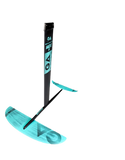
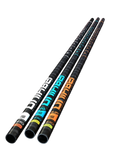
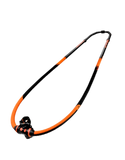
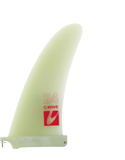
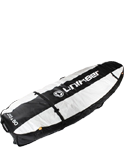
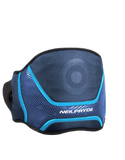
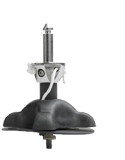
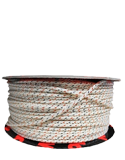

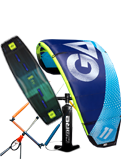
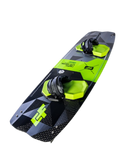

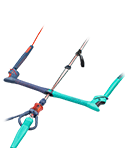

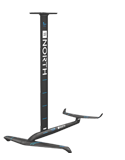

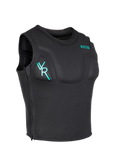
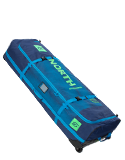
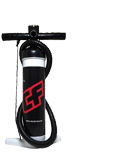
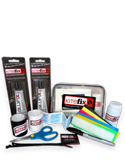
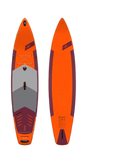
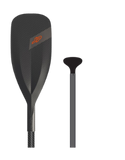
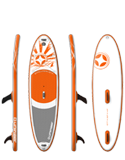
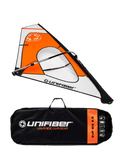
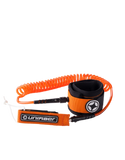
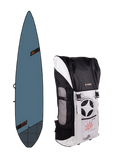
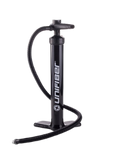

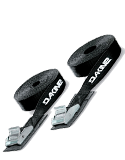

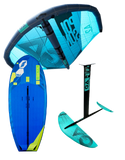
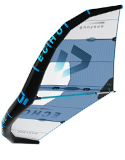
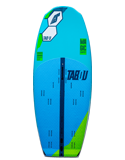


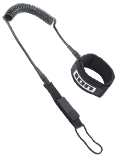
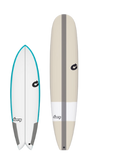
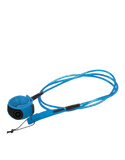
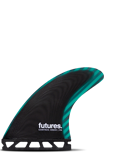
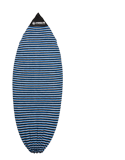
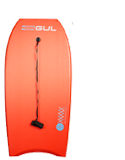
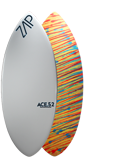
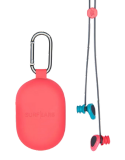
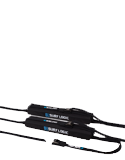
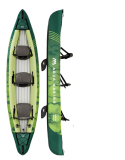
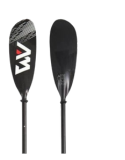
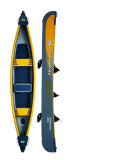
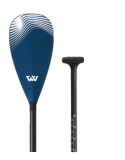
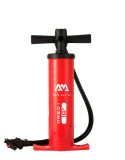
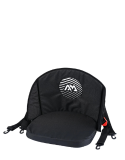
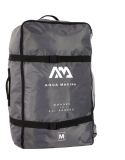
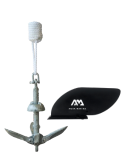
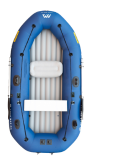
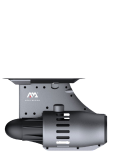
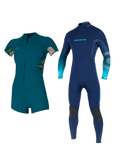
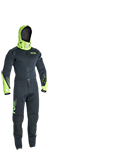

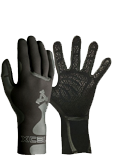
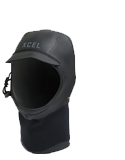
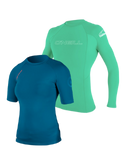
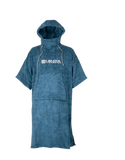
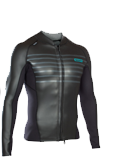
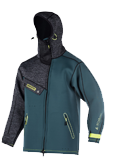
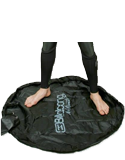

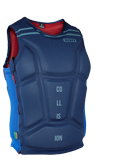


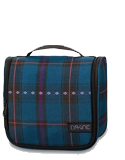

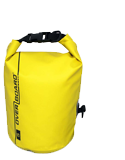



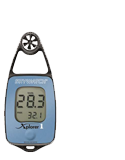
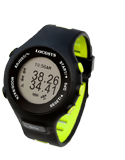
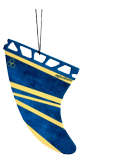
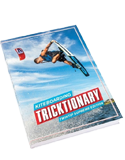
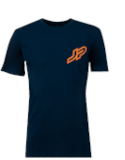
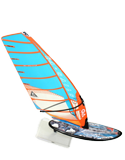
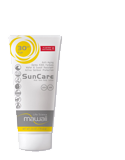






 30 days
30 days Guarantee
Guarantee Get
Get Join us
Join us

 Facebook
Facebook Instagram
Instagram YouTube
YouTube